In the year 2002, sailplane designer Gerhard Waibel and competition sailplane pilot Dick Butler formed a pact to design an FAI Open Class sailplane. Their vision was to design an Open Class sailplane with maximum performance from a pure competition standpoint with no intent to go into serial production.
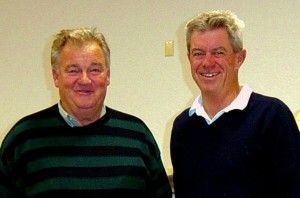
Gerhard Waibel and Dick Butler
The design of a sailplane always involves compromises from a competition/ performance viewpoint and many of these compromises stem from the mission envisioned for the sailplane. The primary criteria for a production open class sailplane are that it must:
- Be economically feasible from an investment standpoint
- Be safe for a wide range of pilots from low time to seasoned competition pilots
- Offer a self-launch or sustainer engine
The last time a truly open class competition sailplane was designed without these and other constraints(which are often detrimental to racing performance) may have been the D-36 sailplane, which was designed and built by the Akaflieg at Darmstadt Technical University in the mid 60’s. Three members of the D-36 design team, then students Gerhard Waibel, Klaus Holighaus and Wolf Lemke, became the primary designers of the world’s most successful competition sailplanes for the next three decades.
After a lot of emails, phone calls and trips between Europe and the USA during the summer and winter of 2002, Butler and Waibel began to feel extremely confident that a superior open class racing plane could be built using the latest approved technology in materials and aerodynamics. The last single seat production open class sailplanes, the ASW-22 and Nimbus 4, were designed over two decades ago, so Butler and Waibel believed there was room for significant performance improvement with today’s superior materials and knowledge of aerodynamics. This team was not the only game in town contemplating the ultimate soaring machine. The ETA consortium in Germany was nearing completion of a giant 31 meter span open class sailplane, and Walter Binder of Germany was also developing a 28 meter version of the Schleicher ASH-25.
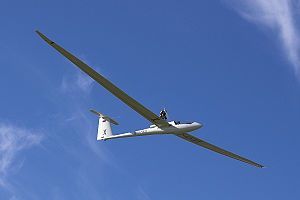
Schempp-Hirth Nimbus 4 |
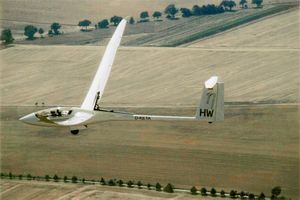
ETA in Powered Flight |

Alexander Schleicher ASW-22
Although these magnificent sailplanes were also using state-of-the-art materials and aerodynamics, their designs were strongly influenced by constraints ranging from production concerns to the ability to carry two persons and an engine. These constraints and others to be discussed later convinced the Butler/Waibel team that they could design a superior racing open class sailplane. In the winter of 2002, the team made a commitment to design and build an exemplar of what they called the New Open Class (NOC), provided key aerodynamic and manufacturing expertise needed for the project could be recruited.
Butler traveled to Germany in the early part of 2003 to accompany Waibel on a mission to achieve four objectives:
(1) convince Professor Loek Boermans of Delft University in the Netherlands, who they believed to be the world’s best scientist in low speed aerodynamics, to join the team;
(2) solicit the manufacturing and engineering expertise of Schleicher Sailplanes for design and manufacture of unique parts;
(3) obtain a source of the latest high modulus carbon materials necessary for building the NOC; and
(4) solicit a commitment from Germany’s premier prototype sailplane manufacturing and mold building facility, Glasfaser Flugzeugbau, owned by Hanko and Christian Streifeneder, to support the NOC.
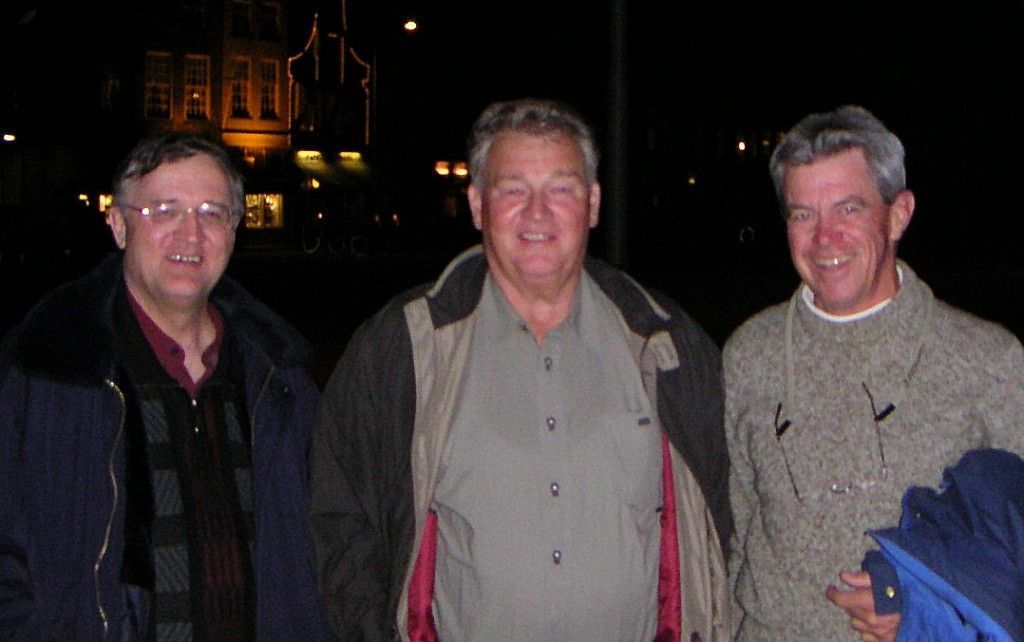
Dick, Gerhard, and Loek at Delft -- The Concordia Team is complete.
Since key managers and/or owners in each of these organizations were long time friends of Butler and Waibel and shared their passion for high performance sailplanes, it was easy for them to embrace the NOC vision and become members of the team. Butler and Waibel were able to not only achieve their planned objectives but to also enhance the overall support needed for a successful project.
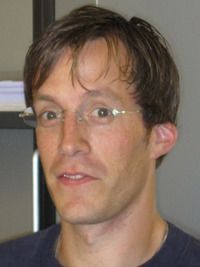
Johannes Dillinger
It so happened that a young graduate student at Delft University, Johannes Dillinger, was looking for a thesis topic. Loek knew Johannes and was very impressed with his ability and promise. Loek proposed to Johannes that he consider analyzing the aerodynamics of the NOC as a thesis project. Over the next three years Johannes would do not only the aerodynamics of the NOC but also provided structural and aeroelastic tailoring expertise, which turned out to be a critical contribution to the sailplane design. Johannes’ Master of Science thesis on the aerodynamic and structural design of the NOC was selected as the outstanding engineering thesis for all Delft University in the 2006.
Waibel, having recently retired from Schleicher in 2003, and Butler, having a long history of competing in Schleicher sailplanes from the K6E through the ASW-22, were able to convince the Kremer family and chief Schleicher designers Martin Heide and Michael Greiner to become a part of the team. Schleicher expertise was needed not only for special parts but also for building critical highly stressed components such as wing spar flanges. It would simply not have been possible to build the ship without Schleicher factory support, from a manufacturing standpoint as well as providing key engineering expertise to help solve unique structural problems.
Waibel, having spent his entire career designing racing sailplanes, knew the sources for state-of-the-art materials needed for building the NOC. The use of high modulus carbon fiber was a necessary ingredient and as it turned out this is not a material that one finds lying around in some manufacturer’s warehouse. Without going into a lot of details, a commitment was made by two key German manufacturers to supply the material, but on a piecemeal basis over a two year period. Most high modulus carbon fiber is being used by the aerospace industry and very little is available in the relatively small quantities needed for a single sailplane.
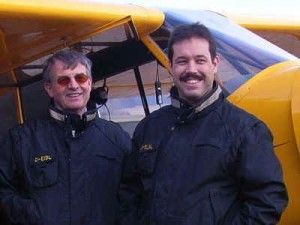
Hanko and Christian Streifeneder
Another invaluable commitment was secured from Hanko and Christian Streifeneder to not only build the wing molds for the NOC, but also share their technology in the manufacture of prototype sailplanes. Little did the team know at the time how important this prototyping expertise would be. The Streifeneders’ contributions have ranged from clever mold design to resin infusion used in building of the wing spars. Christian has also visited the USA in the early fall for the past three years and has contributed immensely to the building phase.
With the successful completion of our mission and key members of the team in place, the design phase could proceed in earnest. In September, 2003, Gerhard Waibel retired from a long and distinguished career at Schleicher Sailplanes. That fall, Gerhard and his wife Tilly arrived in Tennessee for a six-week stay with the Butlers. The project to design the ultimate racing sailplane was officially underway.

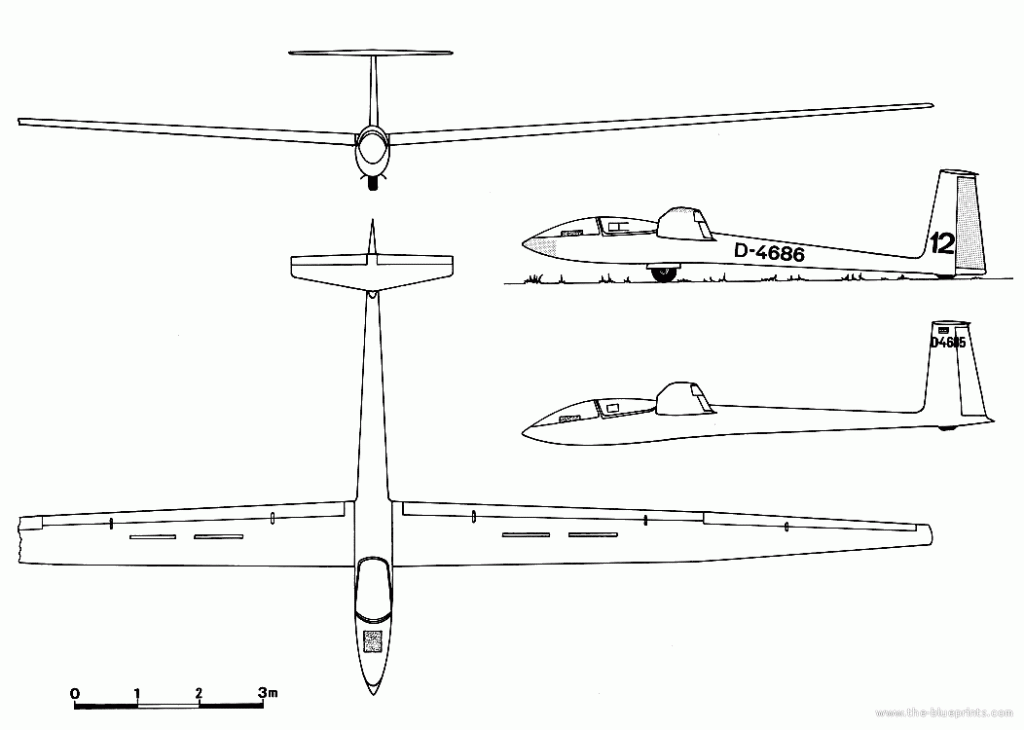






6 comments for “Concordia History”